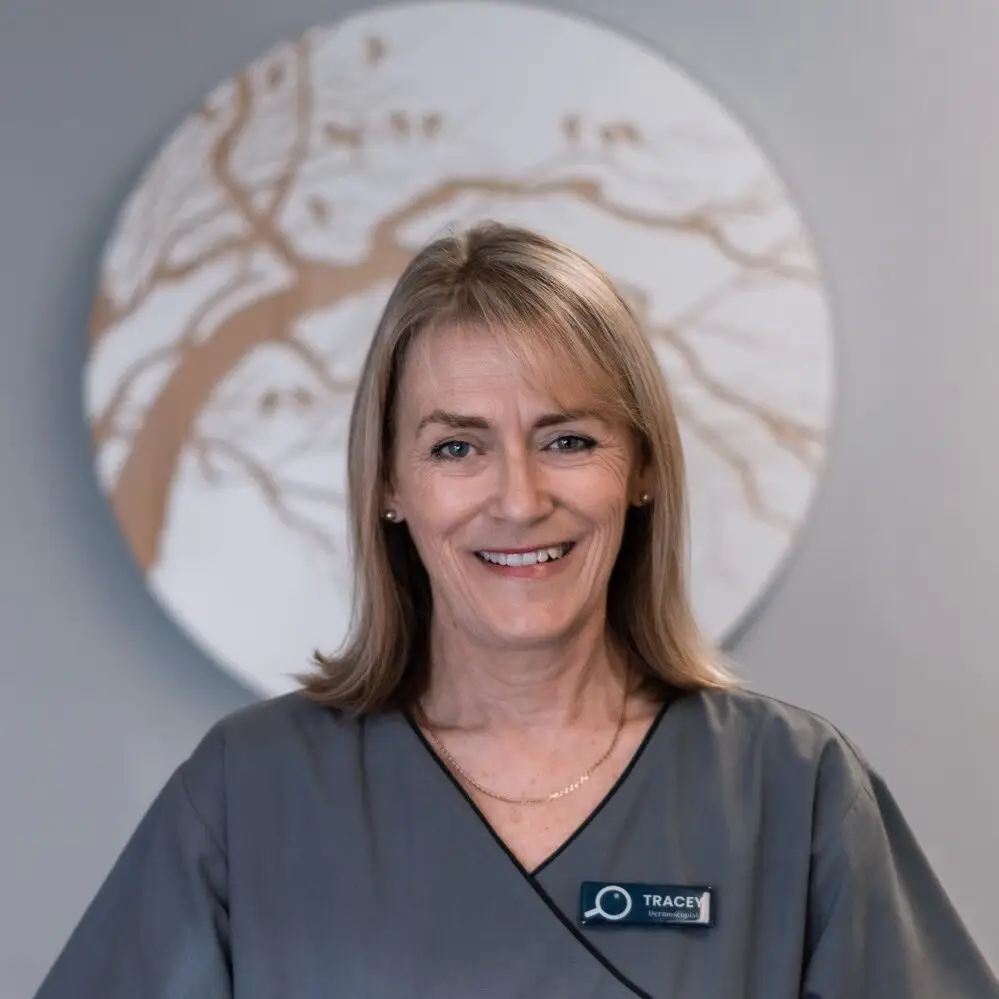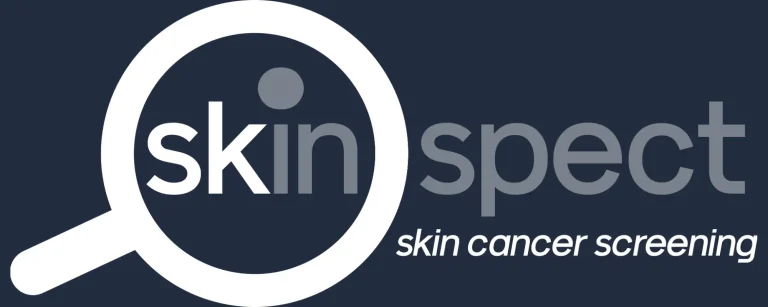Skin Cancer in New Zealand:
Everything You Need to Know
New Zealand has one of the highest rates of skin cancer in the world
With our outdoor lifestyle and high UV levels, Kiwis are at increased risk of developing skin cancer. Whether you’re enjoying the beach, working outdoors or simply running errands, understanding how to protect your skin is vital.
In this guide, we’ll cover the key facts about skin cancer in New Zealand, how to spot early signs and what you can do to stay safe.
Why Skin Cancer is So Common in New Zealand
New Zealand’s skin cancer rates are among the highest globally. But why is this the case?
High UV Radiation Levels
The combination of a thin ozone layer, clear skies and our position under the ozone hole during spring and summer means we experience extremely high UV radiation levels, even on cloudy days.
Outdoor Lifestyle
From tramping and surfing to backyard barbies, New Zealanders love the outdoors. But prolonged sun exposure without adequate sun protection increases the risk of developing skin cancer.
Predominantly Fair Skin
Many Kiwis have fair skin, which burns easily and is more prone to UV damage, increasing the chances of skin cancer over time.
Types of Skin Cancer
There are three main types of skin cancer commonly diagnosed in New Zealand:
Basal Cell Carcinoma (BCC)
BCC are the most common but least dangerous type of skin cancer. It often appears as a pearly lump or a scaly area.
Squamous Cell Carcinoma (SCC)
More serious than BCC, SCC can grow quickly and spread if not treated early.
Melanoma
The deadliest form of skin cancer, melanoma can spread rapidly. Early detection is crucial.
How to Spot the Early Signs of Skin Cancer
Spotting skin cancer early gives you the best chance of successful treatment. Knowing what to look out for can help you identify potential warning signs and seek medical advice promptly.
Common Signs of Basal Cell Carcinoma (BCC)
Basal cell carcinoma is the most common form of skin cancer in New Zealand. It typically grows slowly and rarely spreads but still requires treatment. Signs include:
- An open sore that doesn’t heal, which may crust or bleed
- Red patches of skin that can be dry or scaly
- A pink, red or pearly bump
- A pink growth with a raised edge and a crusty centre
- Blue, black or brown colouring within the lesion
Common Signs of Squamous Cell Carcinoma (SCC)
Squamous cell carcinoma can develop quickly and may spread if left untreated. It often appears on areas exposed to the sun, such as the face, neck and hands. Look out for:
- Scaly, red patches of skin
- Wart-like growths
- Open sores that don’t heal
- Raised lumps with a central dip
- Crusting or bleeding
- Lesions that feel sore or tender to touch
Common Signs of Melanoma
Melanoma is the most serious form of skin cancer. It can develop quickly and spread to other parts of the body, making early detection crucial. The ABC’s are a helpful guide for identifying suspicious moles or spots:
- A – Asymmetry: One half of the mole looks different to the other
- B – Border: Edges are irregular, ragged or blurred
- C – Colour: Multiple colours may be present, including black, brown, blue, grey, pink, red or white
- D – Diameter: Larger than 5mm or noticeably different from your other moles
- E – Evolving: Any change in size, shape or colour
- F – Firm: Feels firmer than surrounding skin
- G – Growing: Getting bigger over time
Important: A mole doesn’t need to tick every one of these boxes to be skin cancer. If you notice something unusual, it’s best to get it checked by a professional.
Skin Cancer Prevention Tips for Kiwis
The best way to reduce your risk is to protect your skin every day, not just at the beach.
Slip, Slop, Slap and Wrap
- Slip on a shirt (Ideally something that covers your shoulders and chest)
- Slop on sunscreen (SPF 30 or higher and meets the Australian standard)
- Slap on a hat (Ideally broad brim to cover your face, ears, neck and scalp)
- Wrap on sunglasses (With good UV protection and good coverage around the eyes)
Apply sunscreen at least 20 minutes before sun exposure and reapply every two hours or after swimming or sweating.
Avoid the Sun During Peak Hours
UV levels are strongest between 10am and 4pm. Seek shade or stay indoors during these times when possible.
Get Regular Skin Checks
Get your skin checked by a professional at least once a year or immediately if you notice changes in your skin.
Where to Get Help
There are many services across New Zealand that offer professional skin checks and mole mapping. If you’re concerned about a spot or mole, book a consultation with a qualified skin cancer clinic or talk to your GP.
For more information, check out these resources:
If you’re based in Auckland, consider getting your skin checked by us at Skinspect in Howick.
Final Thoughts: Prevention & Detection
Skin cancer is one of the most common but also one of the most preventable cancers in New Zealand. With our strong UV exposure, it’s essential to protect your skin every day, not just during summer or when you’re at the beach.
Make regular skin checks a habit and don’t ignore any changes to your skin. If you are based in Auckland, book a professional skin check with us at Skinspect. We’re here to help you stay informed, stay safe and catch any concerns early.

Written by Tracey Zeelie, Dermoscopist & Skin Cancer Specialist
Tracey Zeelie is the founder of Skinspect, a skin cancer detection clinic based in Auckland. With over 20 years of experience in skin cancer detection, she specialises in full body skin checks, mole monitoring and educating New Zealanders on skin cancer awareness and sun safety.
Disclaimer: This article is for general informational purposes only and is not a substitute for professional medical advice, diagnosis or treatment. Always seek the advice of your doctor or qualified health provider with any questions you may have regarding a medical condition.
